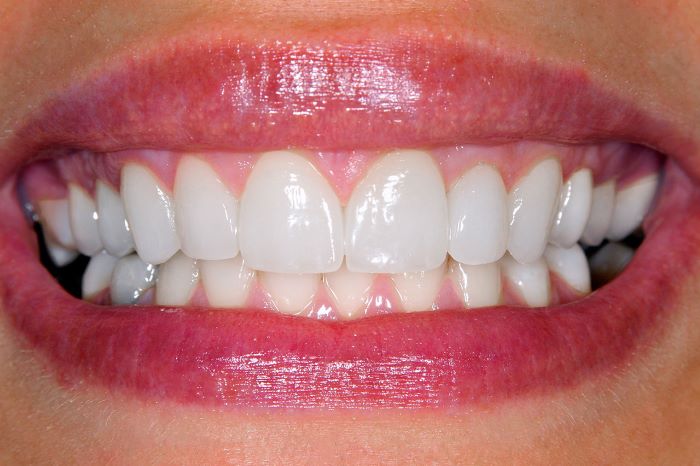The Quiet Power of a Confident Smile
Not everyone notices a perfect smile, but almost everyone notices when something feels off—a tooth that's discolored, a chip that catches the light wrong, spacing that disrupts the symmetry of a face. These aren't medical emergencies, yet they carry weight. People hold back laughter. They smile less in photographs. They notice how often their eyes drop to the mirror before a conversation.
This is where veneers come in—not as vanity, but as restoration. Not just of appearance, but of ease.
Why Veneers Matter More Than People Realize
A veneer doesn’t replace a tooth. It doesn’t pull or cut or remove. Instead, it covers. Gently. A wafer-thin layer of porcelain or composite is bonded to the front of the tooth to change what the world sees—without compromising the tooth underneath.
For patients whose concerns fall between cosmetic and structural—teeth that are healthy but deeply stained, cracked from a childhood fall, or just slightly turned—the veneer is an ideal in-between. It’s conservative. It’s stable. And when done well, it’s invisible.
Craft, Not Just Care
There’s precision in the process, but also something artistic. At the start, there’s a conversation—what the patient sees, what they’d like to see. Then the teeth are prepared. A small amount of enamel is gently shaped so the veneer can sit flush, not thick or artificial-looking.
Porcelain veneers are custom-made outside the office, crafted in a lab to match light, shade, and contour. Composite veneers are sculpted directly, a process more immediate but requiring equal finesse. In both cases, the final bond is permanent and strong—but reversible in spirit. The natural tooth remains, protected and intact beneath the surface.
Not Just for Appearances
Porcelain resists stains better than enamel. It reflects light in the same way. Done properly, veneers don’t just look like teeth—they act like them. They strengthen weak edges. They shield worn surfaces. They give balance to a bite that’s slowly shifted.
The real benefit, though, isn’t in what they fix. It’s in what they quietly undo:
- The hesitation before smiling.
- The feeling that something small is always off.
- The way patients begin to look directly into the mirror—and into the camera—again.
When It’s Not the Right Time
Veneers are remarkable, but they’re not magic. They may not be suitable if:
- Teeth are decayed or gums are inflamed.
- The patient grinds their teeth at night without a guard.
- Habits like biting pens or using teeth as tools are present, which can crack porcelain.
This is why candidacy matters. It’s also why the process should never be rushed. A patient’s mouth, habits, and goals all shape whether veneers are the right choice—or whether a different path would be more appropriate.
What Comes After
Maintenance is simple but essential:
- Daily brushing with a non-abrasive fluoride toothpaste.
- Regular flossing to keep surrounding enamel healthy.
- Routine dental cleanings to monitor the bond and gumline.
Most patients return only for checkups and cleanings, their veneers intact, still indistinguishable from the teeth beside them. Done right, porcelain veneers can last well over a decade—and unlike many cosmetic treatments, their impact doesn’t fade with time.
A Final Word
There’s a difference between a smile that’s tolerated and one that’s lived in. Veneers don’t create a new person. They restore comfort—sometimes beauty, sometimes symmetry, always confidence. And that quiet kind of change tends to last.
To explore what veneers could offer, call (808) 707-7445 to schedule a consultation with Dr. Lance D. Ogata and his team. It starts with a conversation—and it doesn’t need to be more complicated than that.

